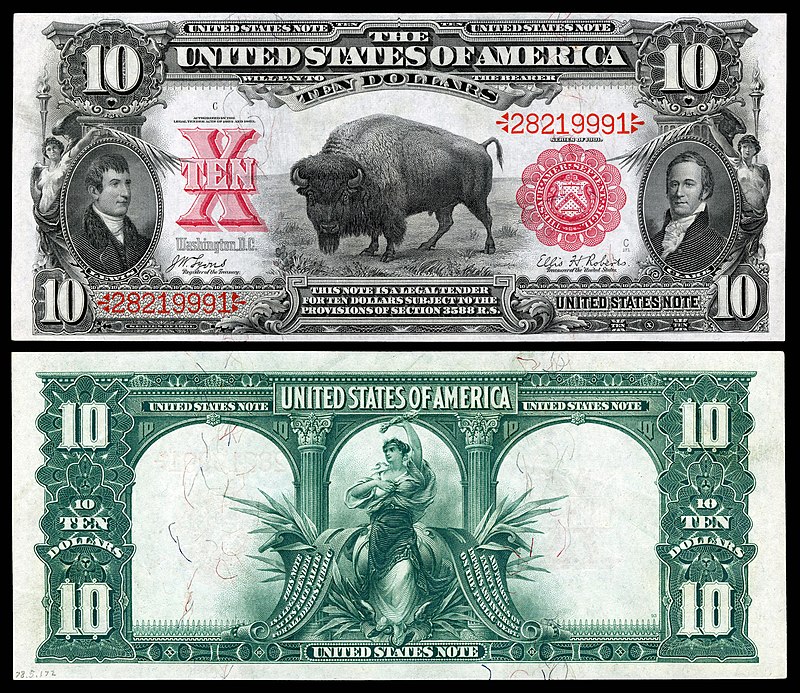On March 10, 1862, the United States government made a momentous leap into modern finance. It introduced paper money for the first time, in the form of $5, $10, and $20 bills. These were United States Notes or Legal Tender Notes, representing a radical departure from the norm. This was not just a new form of currency, but a revolutionary concept in itself. It was fiat money, not backed by gold or silver, but solely by the government’s promise of its value.
Amidst the raging American Civil War, the Union government was in a dire financial predicament. With war costs escalating and traditional revenue sources like taxes and borrowing proving insufficient, the need for a new, more effective solution was not just desirable, but absolutely imperative.
With the passage of the First Legal Tender Act in February 1862, Congress authorized issuing $150 million in paper money. This new currency, which entered circulation just weeks later on March 10, was unlike any that had come before. It bore a simple yet powerful message: “This Note is a Legal Tender for all debts, public and private.” Unlike its predecessors, these notes were not redeemable for gold or silver. Their value was declared by law, a concept that would come to define them as ‘legal tender’.
People called them “greenbacks” because of their green ink, a color that would come to define American money. The design was striking. The $5 bill featured Alexander Hamilton, the $10 bill bore Daniel Webster, and the $20 bill displayed Liberty. Not everyone trusted the new currency. Critics feared it would lead to inflation and economic collapse. Hard-money advocates—those who believed in gold and silver—saw paper money as a dangerous gamble. However, the government needed to pay soldiers and suppliers and keep the war effort alive. Over time, the public adjusted. Greenbacks became part of daily life. Though their value fluctuated during the war, they held the economy together.
These first paper bills paved the way for modern currency systems and central banking. United States Notes remained in circulation for over a century, until 1971.

